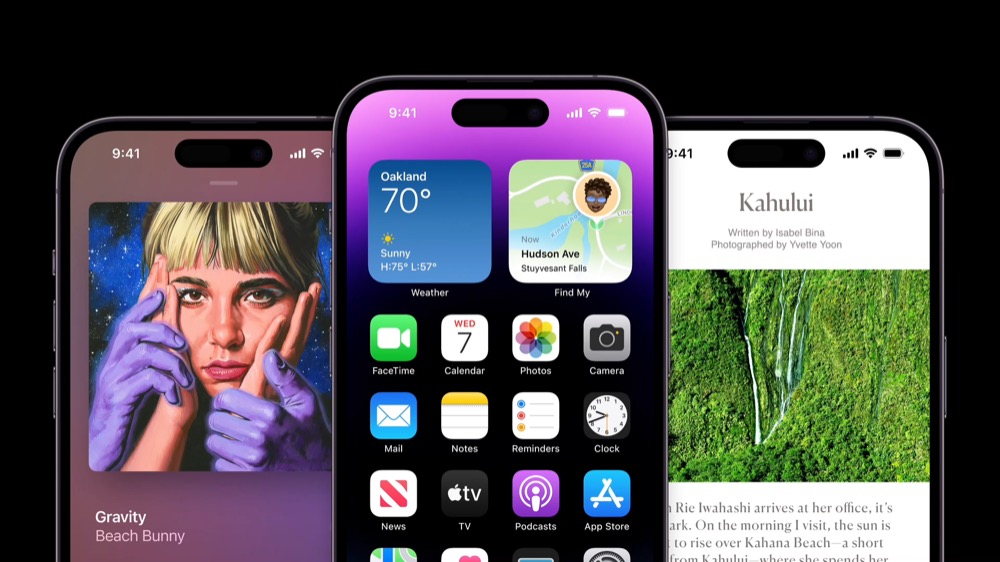IDC, Morgan Stanley Q4 iPhone sales estimates revealed

IDC claims the entire smartphone industry declined in 2022, and while Apple did sell millions less phones it was less impacted than others and its iPhone marketshare increased.
There’s a few ups and downs
IDC’s data does reflect what Apple flagged when it warned on December quarter iPhone sales. The company said it anticipated a hit and its products were certainly in short supply as problems assailed its supply chain.
Looking at the IDC data it seems to me that any softness has already been more than baked in within the stock price, so I expect to see slight recovery there as the message gets out in advance of the fiscal call next week.
IDC thinks the company sold 12 million fewer phones than expected, though others estimate less of a hit.
The global picture
“Worldwide smartphone shipments declined 18.3% year over year to 300.3 million units in the fourth quarter of 2022 (4Q22),” the analysts said. The industry sold the lowest number of phones since 2013, they say.
“Even Apple, which thus far was seemingly immune, suffered a setback in its supply chain with unforeseen lockdowns at its key factories in China,” said Nabila Popal, research director.
“What this holiday quarter tells us is that rising inflation and growing macro concerns continue to stunt consumer spending even more than expected and push out any possible recovery to the very end of 2023.”

Morgan Stanley sees optimism
All the same it is interesting that Apple’s market share increased even as sales declined.
Morgan Stanley this week came to a similar conclusion pointing out that iPhone sales were at least partially compensated by better than expected Mac and iPad shipments and services outperformance. He sees a slightly better March quarter, buoyed by pent up iPhone demand.
Morgan Stanley analyst Erik Woodring told clients to anticipate acceleration in services growth, an elongated iPhone replacement cycle ahead of iPhone 15, strong gross margins, the new AR headset driving interest and the “potential launch of a hardware subscription offering”, which we’ve hoped for here for some time. He cites FY23 revenue and EPS l at $404B and $6.09 and holds a $175 target on the stock.
But for smartphone industry watchers, Woodring’s forecast marries tightly to the IDC prediction.

Apple takes around 25% of global smartphone sales
The analyst anticipates c 75.5 million iPhone sales in the quarter (down 11%). IDC anticipates 72.3 million, but I think the latter firm tends to underestimate Apple’s results. Woodring also observes sales could be 4 million higher than estimates.
There are other smartphone estimates around, all of which are in the same ballpark:
- IDC: 72.3m (24.1% share).
- Morgan Stanley: 75.5m
- UBS: 79m
- Canalys: Gave no figure but estimates 25% marketshare.
Other Morgan Stanley estimates: iPad shipments 20m; Mac sales 7.2m, but slightly weaker wearables sales.
Growth needs to be sustainable
Stop to consider the last couple of years during which Covid prompted huge investments in mobile solutions, it would be hard for Apple to have maintained the phenomenal growth it had, particularly considering the many economic headwinds dampening most economies.
The UK, for example, has consigned itself to decades of economic oblivion. On every metric that matters (excess Covid deaths, food prices, the health service, inflation, energy costs, environmental custodianship, corporate greed, political corruption, or human rights) the wrong teams won the 2019 UK election. I’m guessing iPhone sales in the territory reflect this.
Apple will announce its December quarter results on Thursday, February 2.
Please follow me on Mastodon, or join me in the AppleHolic’s bar & grill and Apple Discussions groups on MeWe.




